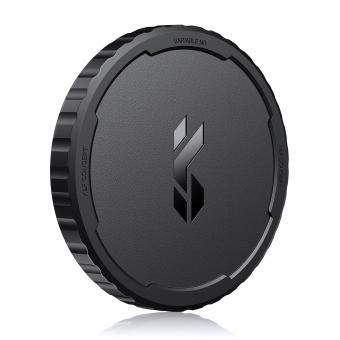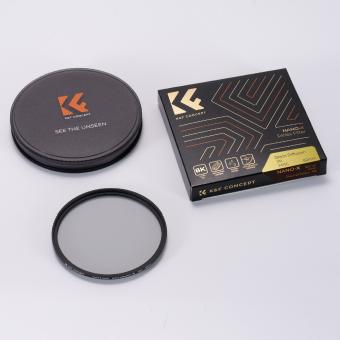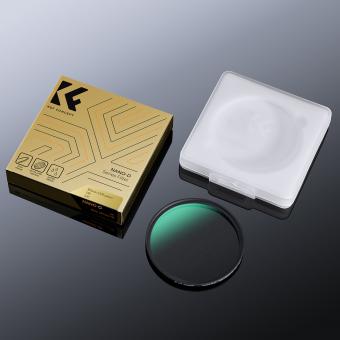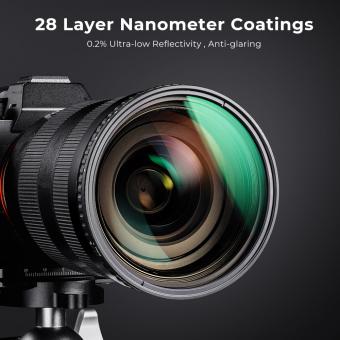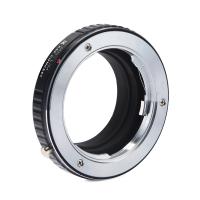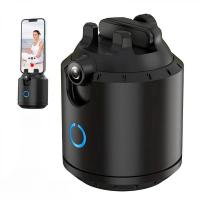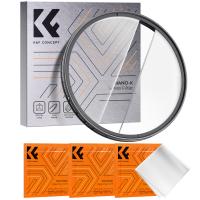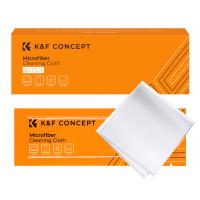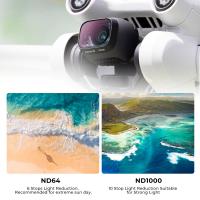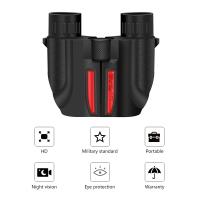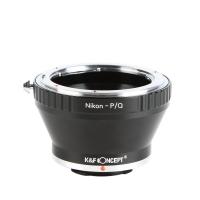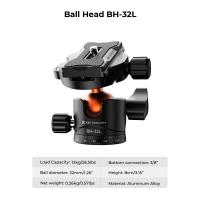What Nd Filters Do I Need ?
The specific ND filters you need will depend on the specific photography or videography situation you are in. ND filters are used to reduce the amount of light entering the camera, allowing you to use longer shutter speeds or wider apertures in bright conditions. The strength of the ND filter is measured in stops, with higher numbers indicating greater light reduction. Common ND filter strengths include ND2, ND4, ND8, ND16, and ND32. The choice of ND filter will depend on factors such as the amount of light available, desired depth of field, and desired motion blur. It is recommended to have a range of ND filters available to cover different lighting conditions and creative needs.
1、 Types of ND filters and their uses in photography.
Types of ND filters and their uses in photography
ND filters, or Neutral Density filters, are essential tools for photographers looking to control the amount of light entering their camera lens. These filters are particularly useful in situations where the available light is too bright, causing overexposure or limiting creative options. Here are some types of ND filters and their uses in photography:
1. Solid ND filters: These filters have a consistent density throughout the entire filter, reducing the amount of light entering the lens. They are commonly used in landscape photography to achieve longer exposure times, creating smooth water effects or capturing movement in clouds.
2. Graduated ND filters: These filters have a gradient density, with one half being darker than the other. They are ideal for scenes with a significant difference in brightness between the sky and the foreground. By placing the darker portion over the brighter area, these filters help balance the exposure, preventing blown-out highlights in the sky.
3. Variable ND filters: These filters offer adjustable density, allowing photographers to control the amount of light reduction by rotating the filter. They are versatile tools for various shooting conditions, especially when the light intensity changes frequently.
4. Reverse ND filters: These filters have a darker portion in the center, gradually becoming lighter towards the edges. They are specifically designed for capturing sunrises or sunsets, where the brightest part of the scene is near the horizon. The reverse ND filter helps prevent overexposure in the sky while maintaining proper exposure in the foreground.
5. Infrared ND filters: These filters are designed to block visible light while allowing infrared light to pass through. They are commonly used in infrared photography, creating unique and surreal images with a distinct color shift.
It's important to note that the specific ND filters needed will depend on the photographer's shooting style, subject matter, and lighting conditions. It's recommended to have a range of ND filters with different densities to accommodate various situations. Additionally, advancements in technology may introduce new types of ND filters or improvements in existing ones, so it's always beneficial to stay updated with the latest developments in the field.

2、 Factors to consider when choosing the right ND filter.
Factors to consider when choosing the right ND filter include the desired effect, the strength of the filter, the filter size, and the quality of the filter. ND filters are used to reduce the amount of light entering the camera, allowing for longer exposures or wider apertures in bright conditions.
The first factor to consider is the desired effect. Different ND filters have different strengths, which determine the amount of light they block. A lighter ND filter, such as ND2 or ND4, is suitable for slightly reducing the light and achieving a subtle effect. On the other hand, a stronger ND filter, like ND400 or ND1000, is ideal for creating long exposures and capturing motion blur in bright daylight.
The strength of the filter is another important consideration. The strength is measured in stops, with each stop representing a halving of the amount of light. The choice of strength depends on the specific shooting conditions and the desired effect. It is advisable to have a range of ND filters with different strengths to cater to various lighting situations.
The filter size is also crucial. It should match the diameter of the lens you intend to use it with. Most lenses have a filter thread size indicated on the front, and it is essential to select an ND filter that matches this size.
Lastly, the quality of the filter should not be overlooked. Investing in a high-quality ND filter ensures better image quality and reduces the risk of color casts or loss of sharpness. Look for reputable brands that use high-quality materials and coatings to minimize any potential negative impact on image quality.
In conclusion, when choosing the right ND filter, consider the desired effect, the strength of the filter, the filter size, and the quality of the filter. It is also worth staying updated with the latest advancements in ND filter technology, as new products may offer improved performance or additional features.
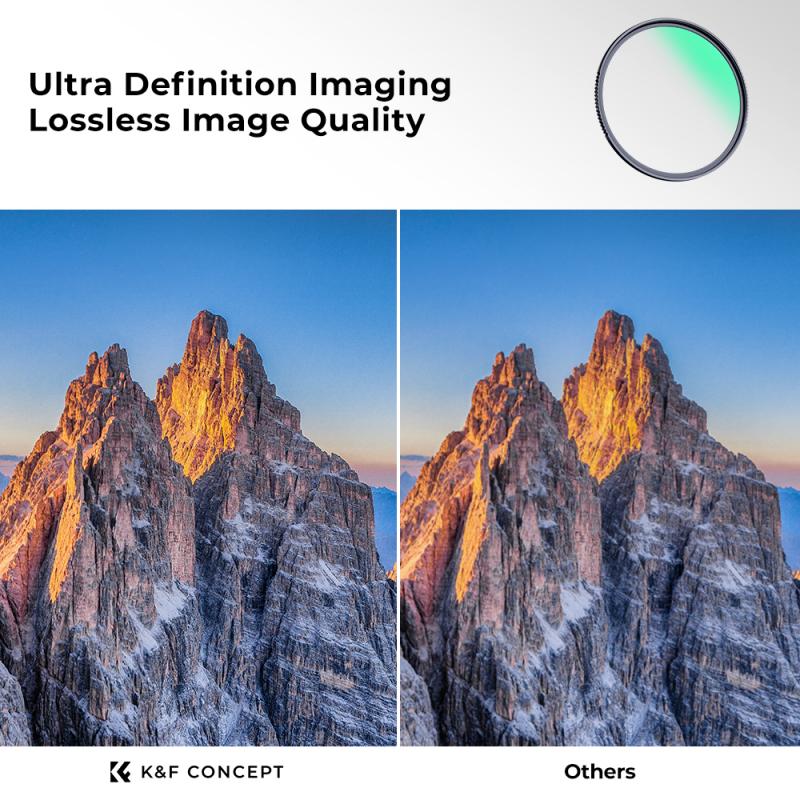
3、 Recommended ND filter strengths for different lighting conditions.
Recommended ND filter strengths for different lighting conditions can vary depending on the specific situation and the effect you want to achieve in your photography or videography. ND filters, or neutral density filters, are used to reduce the amount of light entering the camera lens without affecting the color or contrast of the image.
In bright daylight conditions, such as shooting outdoors on a sunny day, a stronger ND filter is typically required to reduce the amount of light and allow for slower shutter speeds or wider apertures. ND filters with strengths of around ND8 to ND16 are commonly used in these situations.
For slightly overcast or cloudy conditions, a medium strength ND filter like ND4 to ND8 may be sufficient to achieve the desired effect. These filters can help to balance the exposure and prevent overexposure in such lighting conditions.
In low light situations, such as during sunset or in dimly lit environments, a weaker ND filter like ND2 to ND4 may be suitable. These filters can help to reduce the amount of light entering the lens and allow for longer exposures without overexposing the image.
It's important to note that the specific ND filter strength required can also depend on the camera settings, lens aperture, and desired creative effect. Additionally, the latest point of view may include advancements in filter technology, such as variable ND filters that allow for adjustable strengths, making them more versatile in various lighting conditions.
Ultimately, the choice of ND filter strength will depend on the specific shooting conditions and the desired outcome. Experimentation and practice will help you determine the most suitable ND filter strengths for different lighting situations.
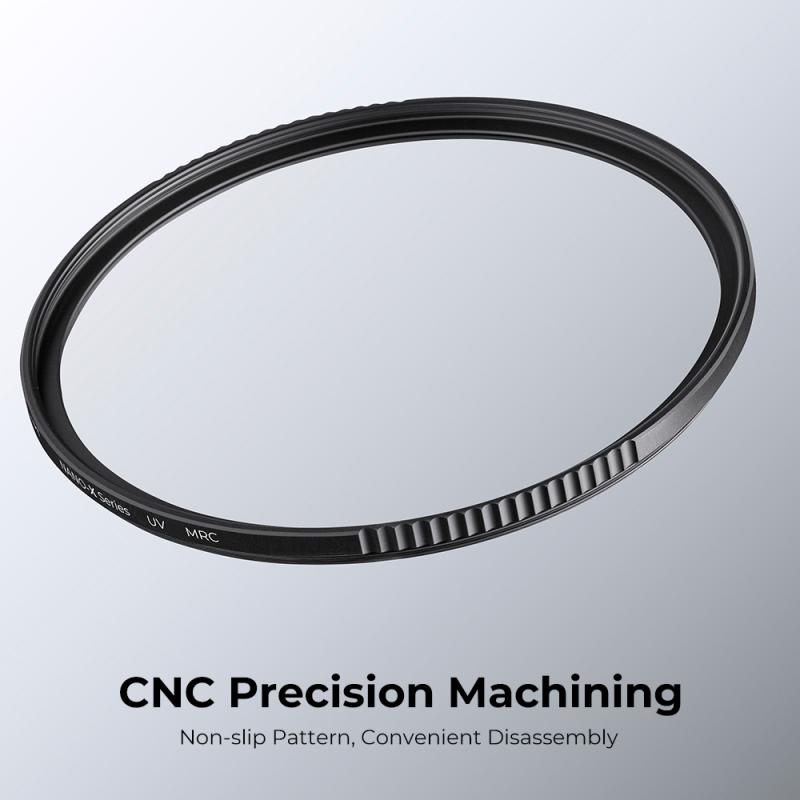
4、 ND filter brands and their reputation in the market.
When it comes to choosing the right ND filters, it largely depends on your specific needs and preferences. ND filters are used to reduce the amount of light entering the camera, allowing you to achieve longer exposures or wider apertures in bright conditions. The most common ND filters are ND2, ND4, and ND8, which reduce light by 1, 2, and 3 stops respectively. However, there are also more specialized filters available, such as ND16, ND32, and ND64, which are used for extremely bright conditions.
As for ND filter brands, there are several reputable options in the market. Some of the well-known brands include B+W, Hoya, Tiffen, Lee Filters, and Formatt Hitech. These brands have established a strong reputation for producing high-quality filters that deliver excellent results. They offer a wide range of filter options, including different densities and sizes to suit various camera systems.
In recent years, there has been a rise in the popularity of newer brands such as Breakthrough Photography and NiSi. These brands have gained recognition for their innovative designs and high-quality materials. Breakthrough Photography, for example, is known for its X4 ND filters, which are made with Schott B270 glass and feature a weather-sealed brass frame. NiSi, on the other hand, offers a range of filters with nano-coatings for improved durability and image quality.
It's important to note that the reputation of ND filter brands can change over time as new products are released and customer experiences evolve. Therefore, it's always a good idea to stay updated with the latest reviews and feedback from photographers to make an informed decision. Ultimately, the best ND filter brand for you will depend on your specific requirements and budget.





